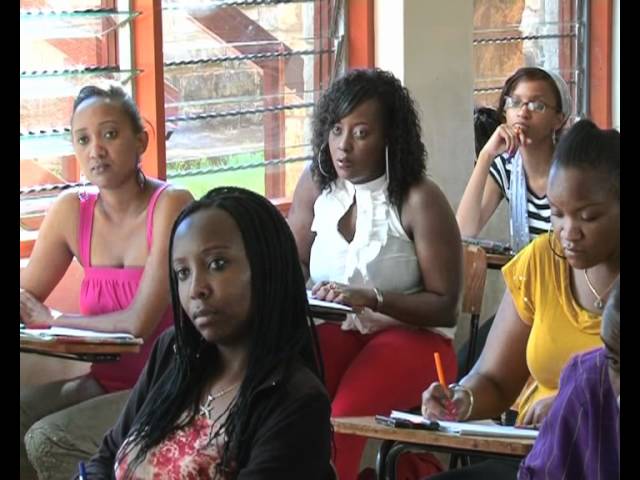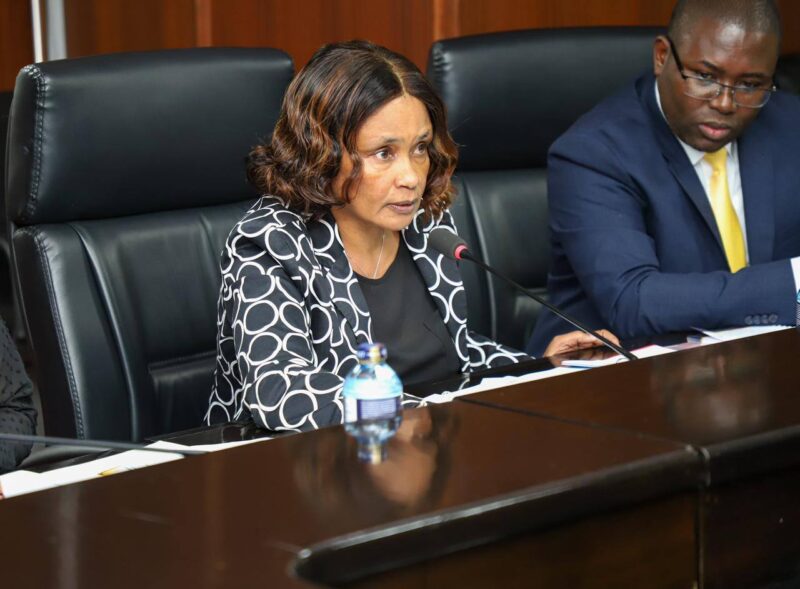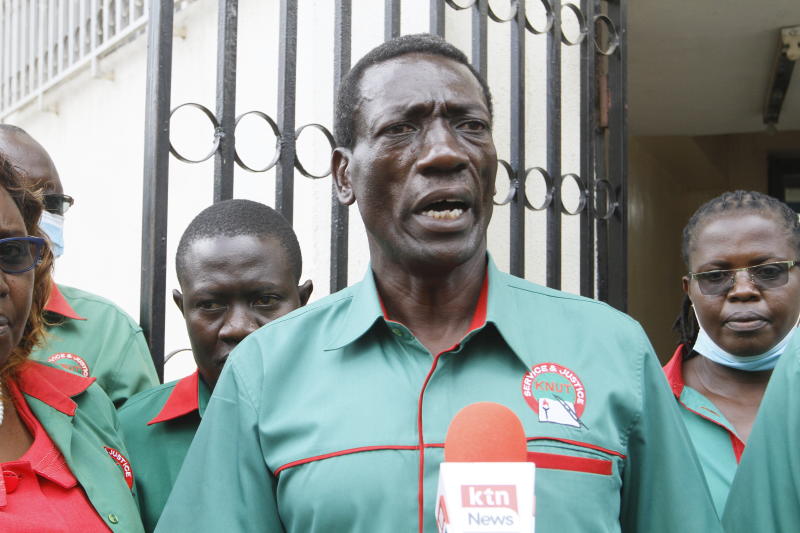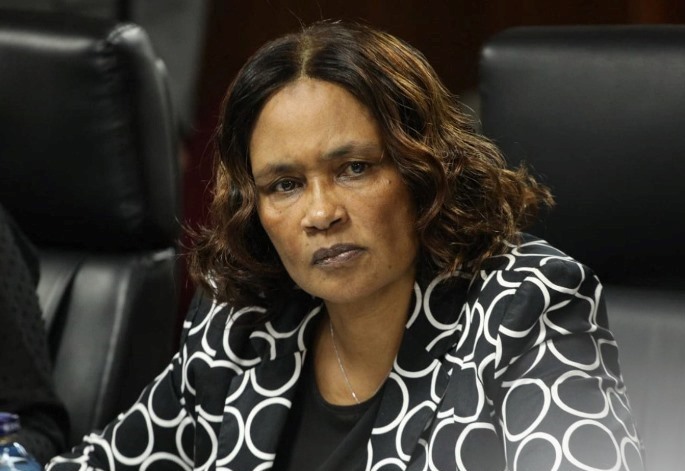Despite earning the grades to qualify for university or college entrance, many high-achieving students in Kenya are being forced to abandon their academic dreams due to financial constraints and procedural obstacles.
For thousands of Kenyans each year, excellent exam results do not guarantee access to higher learning. Though they meet the academic requirements for admission, these students lack the funds needed for tuition, registration, or other fees. The result: qualified youths are turned away from universities and colleges, their futures stalled before they even begin.
The problem is more acute for young people from low-income households, especially in rural or marginalized regions, where earning power is limited and opportunities for extra financial support are scarce.
While finances are a critical barrier, many students face a second set of obstacles through administrative inefficiencies: Delayed or confusing admissions notices force students to miss registration deadlines or lose their spots. Lack of information about available funding opportunities (scholarships, bursaries, financial aid) means many eligible students do not apply or do so too late. Complicated application processes for financial assistance discourage or exclude some youths who lack the resources or guidance to navigate bureaucratic systems.
For those who cannot gain university or college entrance, several alternative paths typically emerge: Some opt for vocational training as a shorter, less costly option—even when their academic strengths might have led them into degree-level programmes. Others accept low-paid or informal work to support themselves or their families, foregoing further education entirely. Still many suffer demoralization, with long-term implications for their self-esteem, income potential, and contribution to society.
The failings are systemic, not individual. Key gaps include:Insufficient financial aid programmes to cover full needs for deserving students. Unequal access to these programmes, especially in remote or under-served regions. Poor communication from educational institutions, meaning students are unaware of deadlines or requirements for support. Rigid deadlines and entrance policies that do not take into account the realities of students from disadvantaged backgrounds.
Voices from the Field
“I got straight A’s but by the time I managed to raise so me money, the admission portal had closed. I had to settle for a local college with no financial aid.” — A recent high school graduate from rural Eastern Kenya
“My parents cannot afford even the application fee, let alone the tuition. I had dreams of studying engineering, but for now they are just that—dreams.” — A bright student from a poor Nairobi neighborhood
To prevent the loss of talent and ensure equity in access to higher education, several changes are urgently needed: Expanded financial aid and bursaries, especially targeting high-performing but low-income students. Flexible admission and registration timelines to allow students who face delays in securing support. Strong outreach and awareness campaigns in rural and low-income areas so students know what aid is available and how to apply. Simplification of applications for both admission and financial assistance, with support services (e.g., guidance counselors). Accountability from institutions and government to ensure policies in place are actually accessible and fairly administered.
The promise of education as a ladder to opportunity only holds if every capable student, regardless of financial situation or geography, can climb it. Without reforms that address both financial and administrative barriers, Kenya risks sidelining a generation of scholars whose potential could drive innovation, growth, and social progress.
If you like, I can pull up recent statistics or interviews to include in this article (with real student stories) to make it more vivid.




